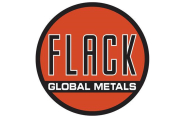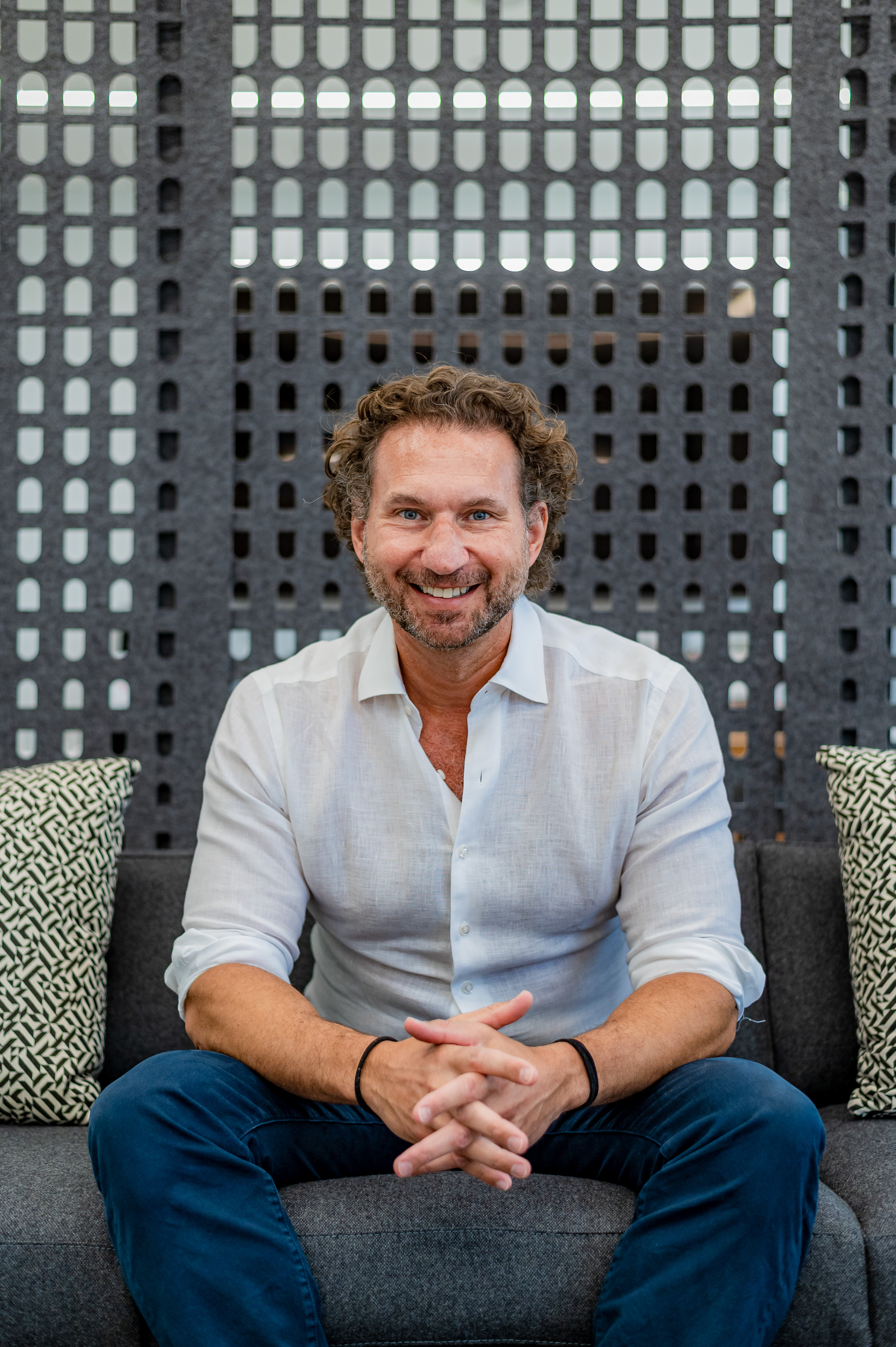Steel Products

FGM on Managing Risk in an Evolving Industry and Uncertain Times
Written by Laura Miller
June 2, 2022
Volatility in the steel industry is a given. So rather than trying to predict when or what will be the next big event to trigger a change in the market, why not instead create strategies to help drive volatility down and capital return up for your business? Jeremy Flack, founder and CEO of Flack Global Metals (FGM), discussed this and more on the June 1 Steel Market Update Community Chat.

FGM, proud to be a young and innovative company in the steel industry, is the first and only metals distributor to combine hot-rolled coil hedging on the Chicago Mercantile Exchange (CME) into everything it does. FGM is unique, Flack says, in the three areas that it combines: flat rolled distributor, trader, and hedge fund.
Whether truly black swan events or not, it’s a given that disruptions will continue to create volatility in the marketplace. FGM’s hedge fund part of the business deals with managing this volatility and creating more certainty for FGM and its customers.
“At the end of the day, what you have to do is prepare yourself for another disruption, because another one is coming. Who knows why? Predicting the why and the when is impossible, but believing that the probability is very high, there will be another disruption, plan your business for that,” Flack stated on the Chat. “When it comes, which it will, your business will be prepared.”
There’s an obsession with the spot price in our market and the important issue, Flack said, is not predicting the bottom of the market. The important issue is preparing and doing something to create some certainty for your company. That’s where he believes hedging can help.
Hedging steel on the CME is still relatively new. Although around for 12 years now, the market has really only been liquid enough to be useful for the past five or six years, according to Flack. Flack Metal Bank (FMB) is proud to be helping the steel industry modernize and evolve with this new way of doing business.
SMU senior editor Michael Cowden wondered if hedging steel by buying every month could be likened to putting money into a 401k each month regardless of what the market is doing. Flack loved the analogy, as FGM often talks about managing steel buying like managing an investment portfolio. While each company’s strategy may look different, it is important that a strategy is used.
{loadposition reserved_message}
“Our recommendation for all OEMs is they take steps to develop a process where they’re constantly getting themselves out on the forward curve to help protect their business,” Flack said.
Although much is still unclear when it comes to the issues of decarbonization and carbon border adjustment mechanisms, companies can still be proactive in preparing. There is no doubt that China has to decarbonize its steel business, Flack pointed out, and although the when and how may be unknown, one guarantee is that it will be an expensive undertaking. “So that points to inflation. ESG points to inflation,” Flack said. “So I’d say prepare your business for additional costs.”
The US steel industry has gone through massive restructuring over the past 45 years, with growing pains, widespread consolidation, and technological advancements. That restructuring, Flack said, has resulted in a much different, a much healthier and changed industry. But the industry has been left with a legacy where the power was with the steel buyer, with buyers mostly dictating to their suppliers how things were going to go. Flack questions if the same all-or-nothing behaviors – such as staying super tight on inventory and waiting for the next shoe to drop, or waiting to leverage your buy with a vendor – are still applicable in this new market. “I don’t think we know,” Flack said. “But certainly there seems to be a lot of upheaval going on. You have a generation of buyers that grew up with all the power and the question is: do they still have that power?” The jury is still out on that.
The US steel industry’s transition to EAF steelmaking just points to further volatility, Flack said. “When you have variable cost producers that have no idea what their cost is going to be in three months, when they’re leading the market and they’re the major production in the market, it points to more volatility, not less,” Flack said.
“In the steel industry we’re in extremely uncertain times,” Flack commented. “Take all the geopolitical stuff and all the weirdness with pig iron…and stir that up with new production capacity in the US and all kinds of international trade weirdness going on…stir the pot and get yourself up to 84% EAF capacity in the US on flatrolled. What it amounts to is just more volatility and more reasons to attempt to implement things in your business to manage risk and create certainty in a very uncertain time.”
Editor’s note: Missed the Community Chat with Jeremy Flack? No problem. Click here for a recording of this and past SMU webinars.
By Laura Miller, Laura@SteelMarketUpdate.com

Laura Miller
Read more from Laura MillerLatest in Steel Products

OCTG producers in Canada take aim at Mexico, US, others
Evraz NA and Welded Tube of Canada have lodged an unfair trade complaint against imports of OCTG, including those from USMCA trading partners Mexico and the US.

Final Thoughts
The difference: The spat with Turkey was a big deal for steel. This time, the 50% reciprocal tariff for Brazil – if it goes into effect as threatened on Aug.1 – hits everything from coffee and to pig iron. It seems almost custom-built to inflict as much pain as possible on Brazil.

CRU: US rebar and wire rod prices rise alongside S232 increase
CRU Senior Steel Analyst Alexandra Anderson discusses current market and pricing dynamics for long steel products in the US.
CRU: Excessive global supply could hit rebar mill investments in US
Following the onset of the war in Ukraine in March 2022, concerns about import availability and expectations of rising demand from President Biden’s Infrastructure Bill pushed US rebar prices to record highs. In response, a flurry of new mills and capacity expansions were announced to meet the rise in demand from growth in the construction […]

Steel buyer spirits tempered by soft spot market conditions
Steel sheet buyers report feeling bogged down by the ongoing stresses of stagnant demand, news fatigue, tariff negotiations or implementation timelines, and persistent macroeconomic uncertainty.
